Sourav Pan
Transcript
The Henderson-Hasselbalch equation was developed through the work of two scientists in the early 20th century.
Lawrence Joseph Henderson first formulated the mathematical relationship in 1908, studying how acid-base balance is maintained in biological systems.
A year later in 1909, Karl Albert Hasselbalch expressed Henderson’s work in a logarithmic form, creating what we now know as the Henderson-Hasselbalch equation.
The equation was originally developed specifically for bicarbonate buffer systems, which consist of carbonic acid in equilibrium with bicarbonate ions.
These buffer systems are crucial in biological processes, particularly in regulating blood pH, which must be maintained within a very narrow range between seven point three five and seven point four five.
This equation became foundational in chemistry and biochemistry, enabling scientists to predict and control pH in various buffer systems.
Let’s analyze each component of the Henderson-Hasselbalch equation.
The Henderson-Hasselbalch equation relates pH to the pKa and the ratio of base to acid concentrations.
pH represents the negative logarithm of hydrogen ion concentration, which measures acidity.
The pH scale ranges from 0 to 14, with 7 being neutral, below 7 acidic, and above 7 basic.
pKa is the negative logarithm of the acid dissociation constant. It represents the pH at which the acid is fifty percent dissociated.
When pH equals pKa, exactly half of the acid molecules have dissociated into their conjugate base form plus hydrogen ions.
The ratio term represents the concentration of the conjugate base divided by the concentration of the undissociated acid.
As the ratio of base to acid changes, the pH shifts accordingly. When the concentrations are equal, the ratio equals one, and the logarithm term becomes zero.
When the base and acid concentrations are equal, the logarithm term becomes zero, and the pH exactly equals the pKa. This is a key principle in designing effective buffer solutions.
Understanding these components of the Henderson-Hasselbalch equation helps us predict and control pH in buffer solutions.
Let’s work through a practical example using an acetic acid and sodium acetate buffer system.
In this example, we have a solution containing zero point one molar acetic acid and zero point two molar sodium acetate.
To calculate the pH, we’ll use the Henderson-Hasselbalch equation.
We know that the pKa of acetic acid is four point seven six, and we’ll substitute our concentration values into the equation.
The base to acid ratio is zero point two divided by zero point one, which simplifies to two.
The logarithm of two is approximately zero point three zero one.
Adding this to our pKa value, we get a final pH of five point zero six.
Let’s visualize where this buffer solution falls on the pH scale.
Notice that the pH of our buffer is above the pKa value of acetic acid. This is because the ratio of base to acid is greater than one.
When the ratio of base to acid increases, the pH shifts higher above the pKa. Conversely, if the ratio was less than one, the pH would be below the pKa.
This example demonstrates how the Henderson-Hasselbalch equation allows us to precisely calculate buffer pH using the concentrations of acid and conjugate base.
The Henderson-Hasselbalch equation provides several significant advantages in understanding and working with buffer solutions.
First, it simplifies pH calculations by offering a straightforward method without requiring complex equilibrium calculations.
Second, the equation allows scientists to design buffer solutions with precise pH values by simply adjusting the ratios of conjugate base to acid.
Third, it’s particularly valuable in physiological studies, helping explain how biological systems like blood maintain pH homeostasis despite metabolic changes.
Finally, the equation’s simplicity makes it an accessible tool for students and researchers across multiple disciplines including chemistry, biology, medicine, and environmental science.
These advantages have made the Henderson-Hasselbalch equation a fundamental tool in chemistry and biochemistry, enabling precise control and understanding of pH in various systems.
The Henderson-Hasselbalch equation has numerous practical applications across multiple scientific disciplines.
In medicine, it’s crucial for blood pH regulation and pharmaceutical formulations.
Chemists rely on it for laboratory buffer preparations and analytical techniques.
Biologists use it to optimize conditions for cell cultures and enzyme activity.
Environmental scientists apply it in water quality testing and soil pH analysis.
In food science, it helps with preservation methods and fermentation processes.
And agricultural experts use it to improve soil treatment and nutrient availability.
These applications span the entire pH scale, from acidic food preservation to basic enzyme environments.
Each application requires precise pH control, which the Henderson-Hasselbalch equation makes possible.
In conclusion, the Henderson-Hasselbalch equation remains a cornerstone tool in science.
This elegant equation, relating pH to the ratio of a conjugate base to its acid, provides fundamental insights into buffer behavior.
Its applications span multiple scientific disciplines, from medicine to environmental science.
Despite its limitations, its simplicity and practical utility ensure its continued relevance in both research and education.
The equation provides fundamental insights into acid-base chemistry that remain essential to our understanding.
Most importantly, it enables scientists to precisely control pH in countless applications that benefit society.
Study Materials
No study materials available for this video.
Helpful: 0%
Related Videos


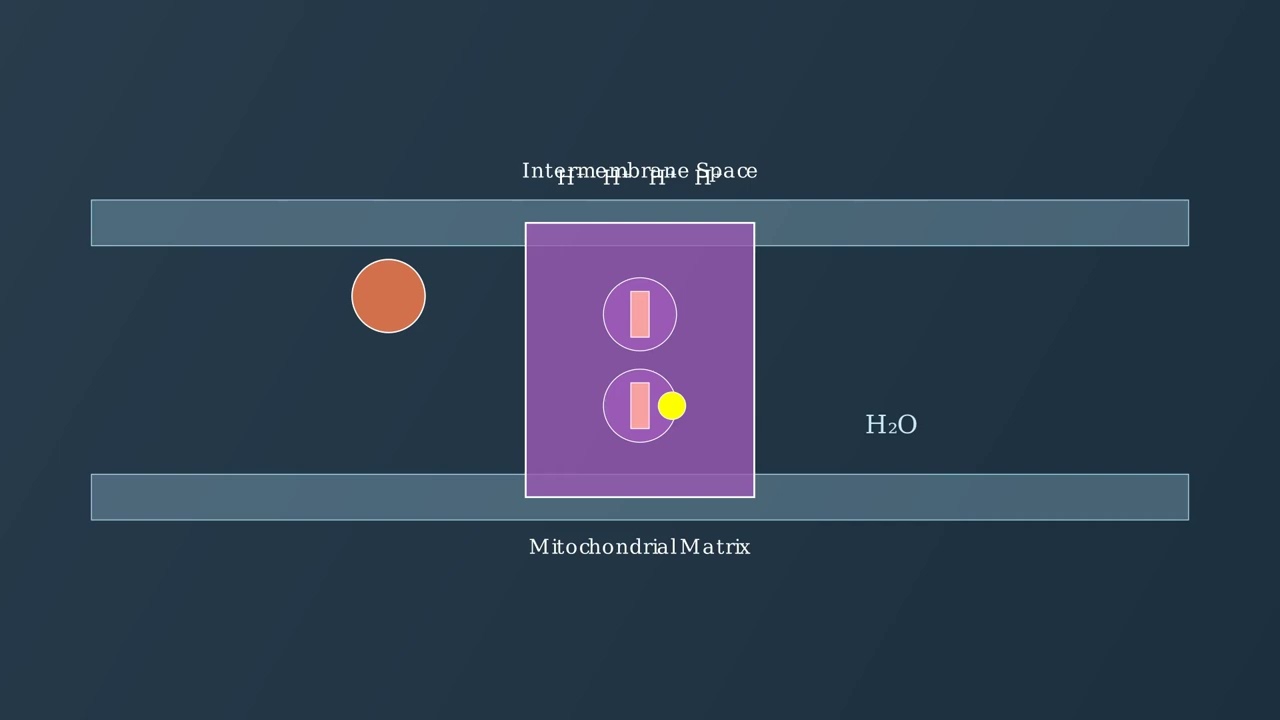
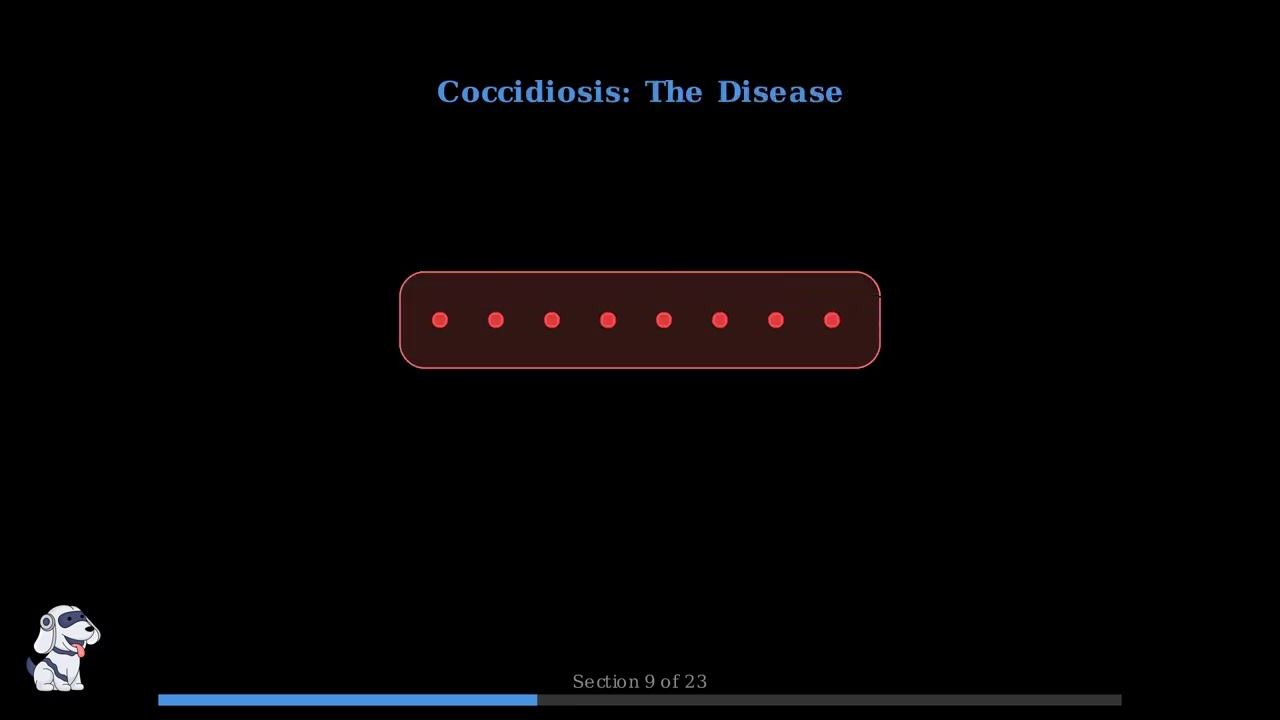
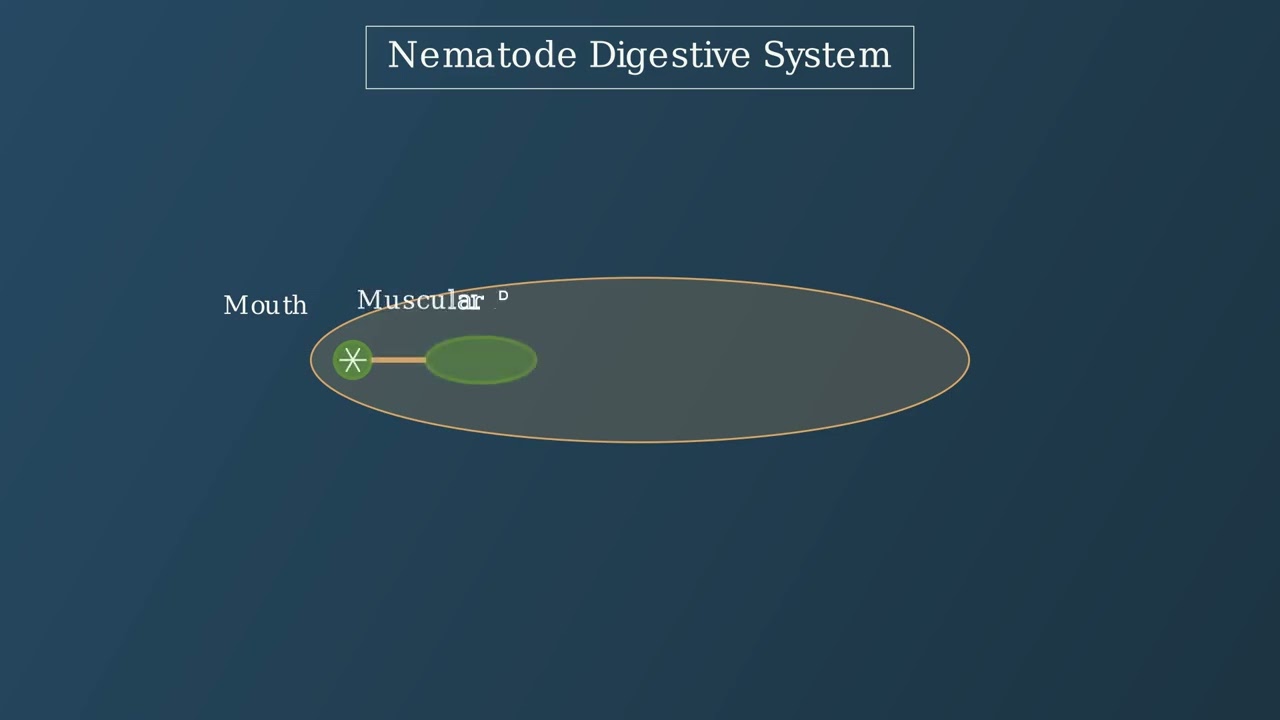

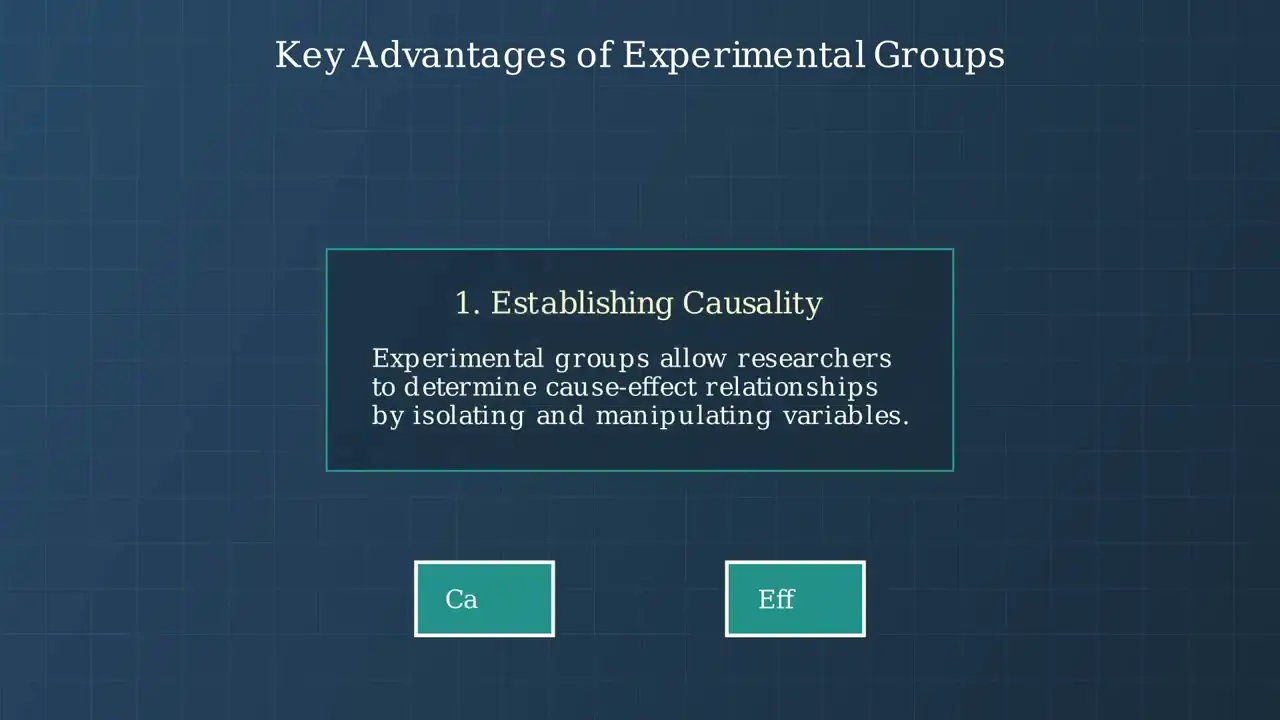

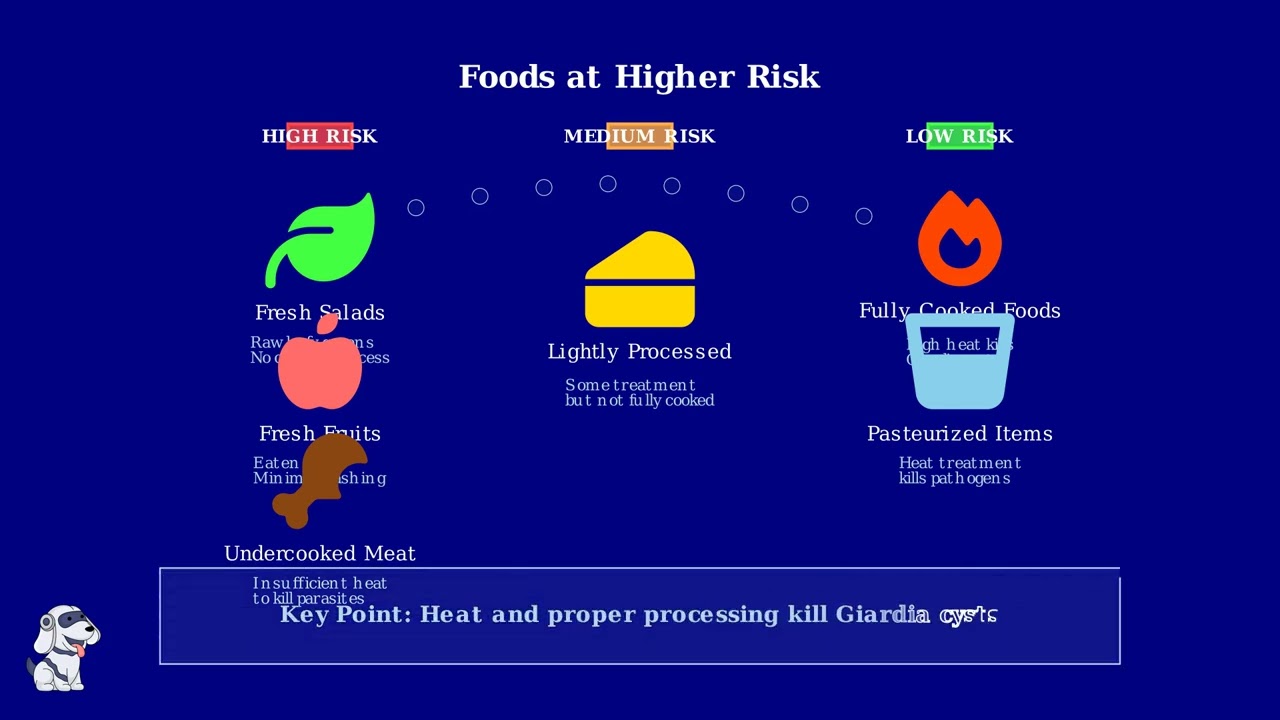
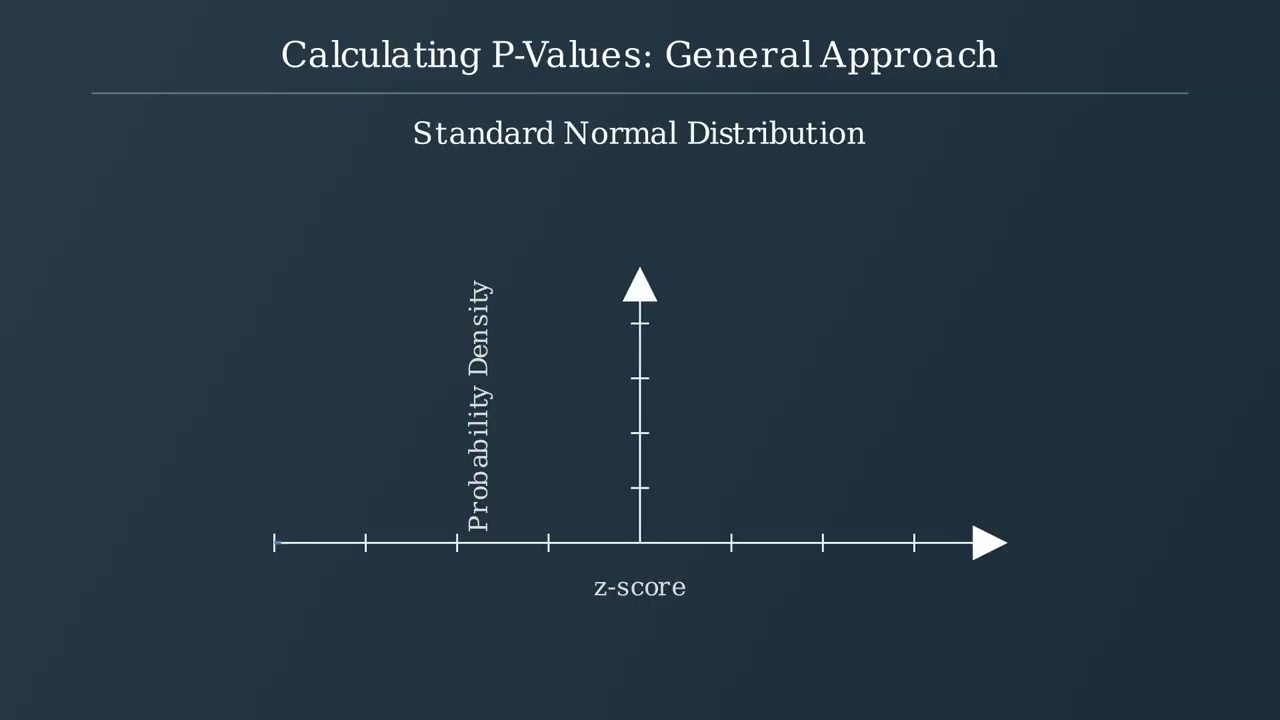
- Text Highlighting: Select any text in the post content to highlight it
- Text Annotation: Select text and add comments with annotations
- Comment Management: Edit or delete your own comments
- Highlight Management: Remove your own highlights
How to use: Simply select any text in the post content above, and you'll see annotation options. Login here or create an account to get started.